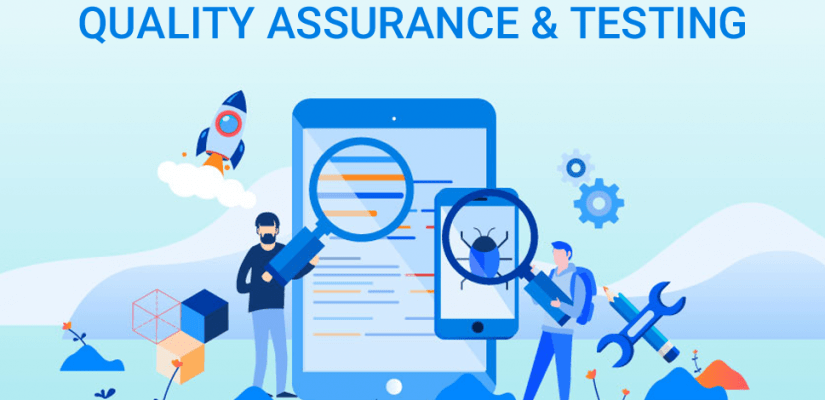Understanding how an application is built in the testing world involves in-depth research and analysis. Protecting the price since there are new technologies and tools coming every day. Things are just getting easy. We need to understand that enabling software teams with automated software testing to innovate quickly to meet customer expectations is important only when focusing on quality. 2020 was when many people faced many challenges, and even the software testing world did. Software testing is an activity that is supposed to be performed in a testing environment, but 2021 and the challenges of remote working boosted the growth of digital transformation.
It is a discipline that incorporates the best practices to provide data-driven testing for meeting the end to end customer experience and driving organisational growth. Low code automation testing came into the picture when the software testing process was supposed to be easier and more compatible with measurement work. It was introduced with the intention that the testers would have less hassle, and the testing work would be completed through minimal coding.
What is Low-Code Automation?
Low code test automation is an approach that involves genuine, effective testing at the fingertips of every role. By every role we mean, developers and testers who are into the process of automation testing and manual testing. It is significantly a modern approach where the software provides users with a graphical user interface to create, manage, edit and run the automated tests. It is a very smooth platform that sustains. An intuitive interface helps democratise quality engineering by enabling everyone to participate in the testing procedure, update tests, and gain insights from test results.
Low-code platforms automation helps provide a quality culture in the software development teams. Moreover, it makes the transition very easy since the predominant focus is from management automated testing strategies that help facilitate the shifts, upscaling workers and ensuring that the quality isn’t compromised. In addition, Low-code platforms come with a promise for development pipeline acceleration, preserving customer happiness and retention.
Low could include automation also helps in unlocking a culture of quality.
It is known for eliminating the traditional processes. It also reduces work pressure, eliminates major disruptions, and allows the testers to work smoothly. Automated software testing also helps in figuring talent challenges and changes of pilot projects, gradual rollouts and other activities. We can say that the Low-code platform is a complete package that the software testing cannot even think of not incorporating.
Rigorous testing is fast-changing; the increased complex app requires effective development capable of giving them faster results. It has completely banned the usage of manual testing. These local developments are only made so that the critical business system helps remove the burden of fast-flowing high code apps. So when we talk about low-code apps, it enables organisations to deliver and develop an application at lightning speed.
How are Low-code platforms simplifying testing and achieving better ROI?
The one question that pops up in our head when it comes to looking for platforms is how can low-code platforms simplify testing? The correct answer would be that artificial intelligence is one of the biggest tools, which is the prime reason for simplifying tests. It also helps in consistently ensuring the quality and performance of the application, which helps it continue to grow in complexity. It also means that test automation becomes more enhanced, and it also creates a competitive space that helps achieve comprehensive test scenarios. When testing is performed on a large scale, the business goals are achieved easily, and the targets become successful.
All of this results in a better return of investment for the client company and the software testing companies. Modern automation solutions of Low-code platforms enhance customer experiences. There is no doubt that the software testing world’s technologies, such as DevOps, Agile, Artificial intelligence, machine learning, and CI/CD, help with better acceleration. When software testing companies adopt modern automation solutions like look or platforms, they give access to the application to maximise test coverage and reduce the risk for application deliveries. Integration test I am more reliable and maintain a base with the help of Lokur platforms, faster feedbacks are available on the quality of the application. These modern solutions can create and ultra supreme level of service visualisation that can bring about change.
Summing up
Low-code test automation at HikeQA can bring change even in the cases of non-coding users. These characteristics make this automation testing procedure an inclusive one, as it ensures quality professionals and product owners enable a shared responsibility for better QA quality services. Furthermore, implementing this technique in automation testing can help catch bugs and make the testing way smoother than we think.

















